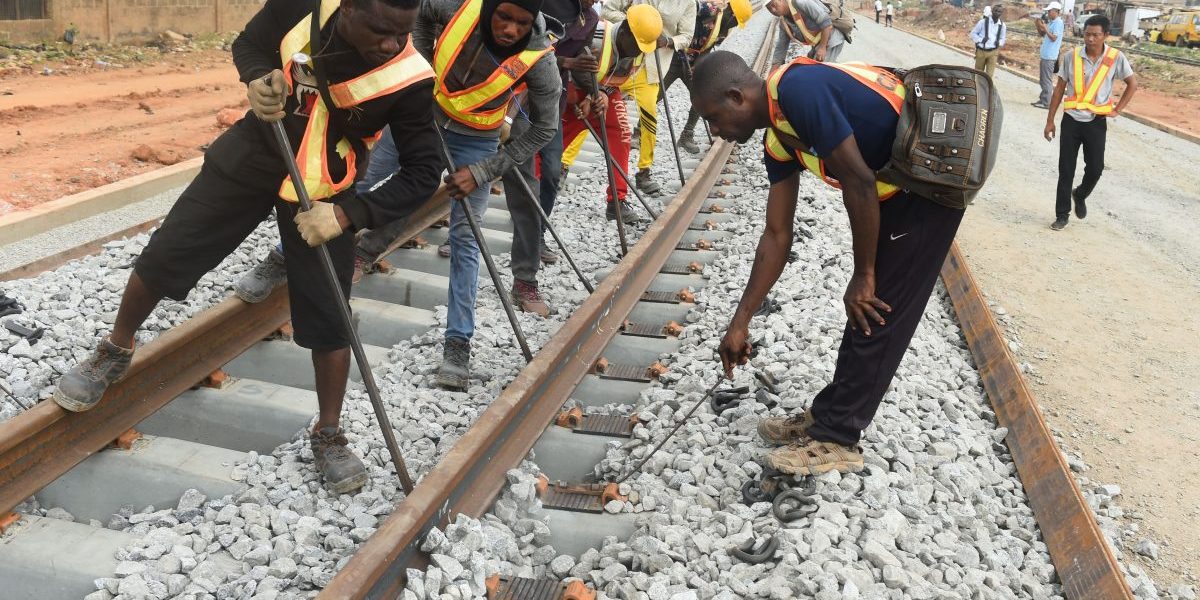Scenarios do not predict the future, but instead, explore a range of uncertainties about regional infrastructure development while identifying potential and emergent challenges and opportunities, while highlighting pathways to complementary regional interconnectivity.
Background:
The South African Development Community (SADC) is at a critical juncture – facing significant socioeconomic and environmental challenges while addressing infrastructure development to increase interconnectivity, competitiveness, and intra-African trade. The unprecedented growth of Southern Africa’s youth population, the remarkable speed of urbanisation and the rise of informal settlements in urban centres continue to place a crushing burden on governments. The requisite physical infrastructure to meet the prevailing challenges requires unprecedented solutions. It necessitates alternative approaches such as closer collaboration between SADC Member States, the private sector, and civil society to develop equitable and inclusive approaches that support human flourishing.
A more resilient infrastructure in the future depends on governments focusing on multiple transformative projects that create and implement stimulus packages that rely on enabling infrastructure. Regional infrastructure connectivity refers to the physical, policy and administrative linkages across regional economies via structures and facilities that enable the free movement of goods, persons, services, technology and ideas across the region. By focusing on greater regional interconnectedness and collaboration, the hope is to improve the abilities of SADC Member States to be better prepared and discover new possibilities for innovation, resilience during future global shocks.
Regional infrastructure often lacks effective coordination mechanisms and regulatory harmonisation and have financing models that are difficult to execute simultaneously in multiple jurisdictions, making regional delivery much more challenging. SADC organs and institutions need up to date, detailed economic data to provide a clear sense of specific infrastructure gaps and requirements.
SADC may be poised for a transformation in its infrastructure development trajectory towards better planning, proper policy implementation and cleaner, greener infrastructure options – if the contextually appropriate options are considered and decisions are taken to better use the future for decisive policy today.
There is a clear need to reverse the trend away from the self-interests of leaders and national protectionism exacerbated across Africa by COVID-19. By focusing on greater regional interconnectedness and regional cooperation, SADC can increase its preparedness for future global shocks.
Moderator: Ms Letitia Jentel, Futures Programme Manager, SAIIA
Welcome: Dr Holger Dix, Regional Representative, Konrad Adenauer Foundation in South Africa
Panellists:
- Ms Lesley Wentworth, Managing Director, Tutwa Consulting
- Ms Ulrike Britton, Chief Director: Urban Development & Infrastructure, SA Treasury
- Ms Maxine Hlaba, Executive Secretariate, SADC Banking Association
- Mr Chigozie Nweke-Eze, Founder of Integrated Africa Power
- Dr Lufeyo Banda, Transport Sector Expert at Infrastructure Consortium for Africa, AFDB
- Prof Lauren Johnston, Senior Researcher, China-Africa Programme, SAIIA
- Dr Deon Cloete, Head, SAIIA Futures Programme
Related material
Presentations:
- Financing infrastructure investments by Ulrike Britton
- How SADC infrastructure is positioned for future global shocks by Msindo Andrew Maswanganye
- China’s role in regional connectivity by Prof Lauren Johnston
- Address barriers in the SADC region to expedite regional infrastructure development and how to overcome it by Dr Lufeyo Banda
- SADC infrastructure futures: Pathways to complementary regional interconnectivity by Lesley Wentworth and Dr Deon Cloete
Watch the webinar on YouTube:


